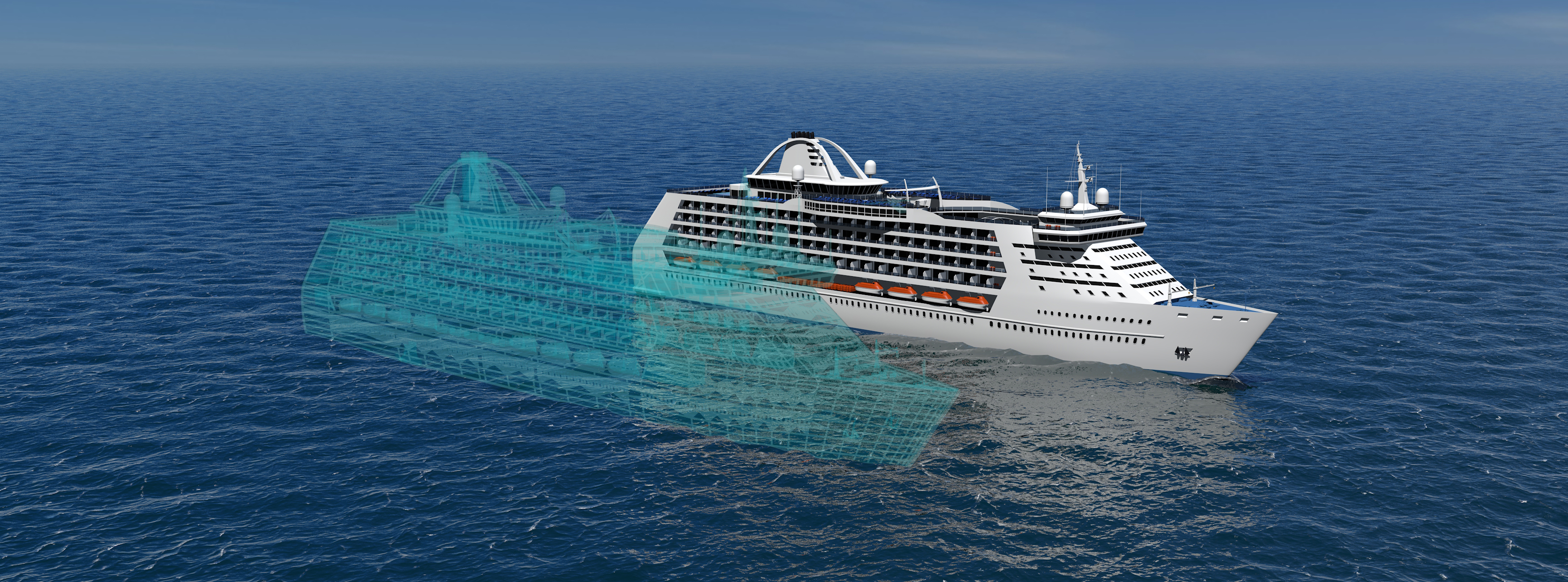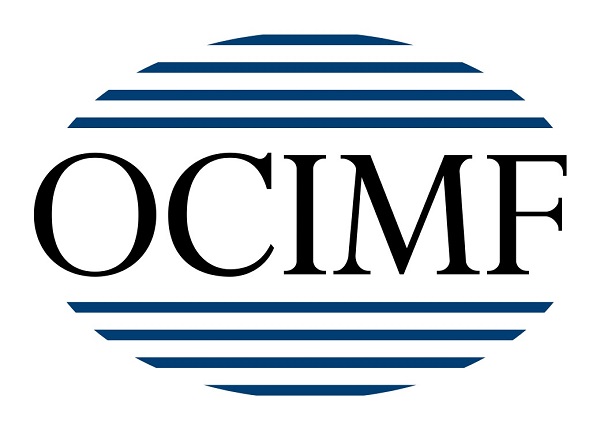Samantha Fisk looks at some of the new challenges and opportunities facing the use of digital twins to meet regulatory requirements
A digital twin of a vessel is a representation of the ship using all the data available about it, fomites design drawings and operational performance, to maintenance and systems conditions and beyond. It is being seen as an efficiency tool as well as one to help with regulatory compliance. And now its benefits are being touted as a way to overcome some of the challenges of the Coronavirus pandemic.
Many solution providers have been selling and marketing the digital twin as must-have in the digital arsenal of solutions that customers need to have to fully embrace the digital changes that are reshaping shipping.
Elspeth Mosedale, marketing manager, Simcentre, Siemens is one of the digital twin fans. She points to its value in the design stage of a vessel – saying the digital twin gives lots of options to look at different potential design scenarios to look for unseen problems, and to check how the completed vessel meetings safety requirements.
Take the Safe Return to port regulation which was introduced I 2009, and requires vessels over 120m in length or with three or more vertical zones to be designed to higher survivability standards than was needed before.
Vittorio Vagliani, director or software engineering, Brookes Bell also notes that the digital twin is starting to become more of an interest for meeting the requirements of the safe return to port regulation, especially for the cruise market.
He comments about one of the challenges facing the industry about the regulation is that: “The ramifications of the regulation are quite tough as you need the ability to prove to class the redundancy of the systems, which are big.”
Vagliani notes that the digital twin brings understanding to the design of a vessel that yards and design teams are reviewing. Currently, there is no repeatability in that process, “this is where the digital twin comes into its own”, with the digital twin it is now possible to look back over previous results.
The advantages of the digital twin will mean that shipyards will be able to scrutinise designs before they even go through to the build stage. By doing this, they will get the best possible operational profile and efficiencies for a vessel, allowing for models to be flexible and designed for the routes that they will trade.
Dejan Radosavljevic, director marine, Siemens notes that where the industry is starting to become more standardised through the solutions that it uses, this may not necessarily apply for vessel design, as a vessel can be ‘fine-tuned’ to the needs of its operational profile.
He explains that a ship may be a digital twin to another of an identical design, but if the two vessels are operating on different routes, then they can be individually optimised for the different routes.
Adding to the benefits of the digital twin, Vagliani notes that the people that will benefit will be the ship operators with increased efficiencies, and shipyards that will need to prove compliance for the Safe Return to Port regulation.
However, there is a looming debate still facing the industry when it comes to ownership of the digital twin. Radosavljevic comments that: “The challenge in marine is who owns the digital twin. As of yet, there is no answer. Someone should show leadership here.”
He adds that: “Class societies should provide leadership as they are one of the parties that have access to the information. There is also interest for shipyards to take ownership of digital twins, as they are the ones building them.”
However, it is not just the ownership that is proving to be problematic but also sharing of data of these digital twins. Radosavlijevic also highlights that the Covid-19 pandemic has also highlighted the industries own weaknesses for its lack of openness and sharing, which is an issue faced by software and solution developers in the industry. “The current pandemic it is also the same problem, do we share, or do we do our own thing?”, says Radosavljevic.
The industry still has a few details that it will need to address to enable the digital twin to be fully utilised to its full potential and reap the total efficiencies that a digital twin offer the market.
Radosavljevic concludes that: “Over the next 20-30 years the industry needs to decarbonise, we don’t know what the solution that will be yet to achieve this, but if you have an agile design in place it will make it easier as it is not possible in the traditional way.

































